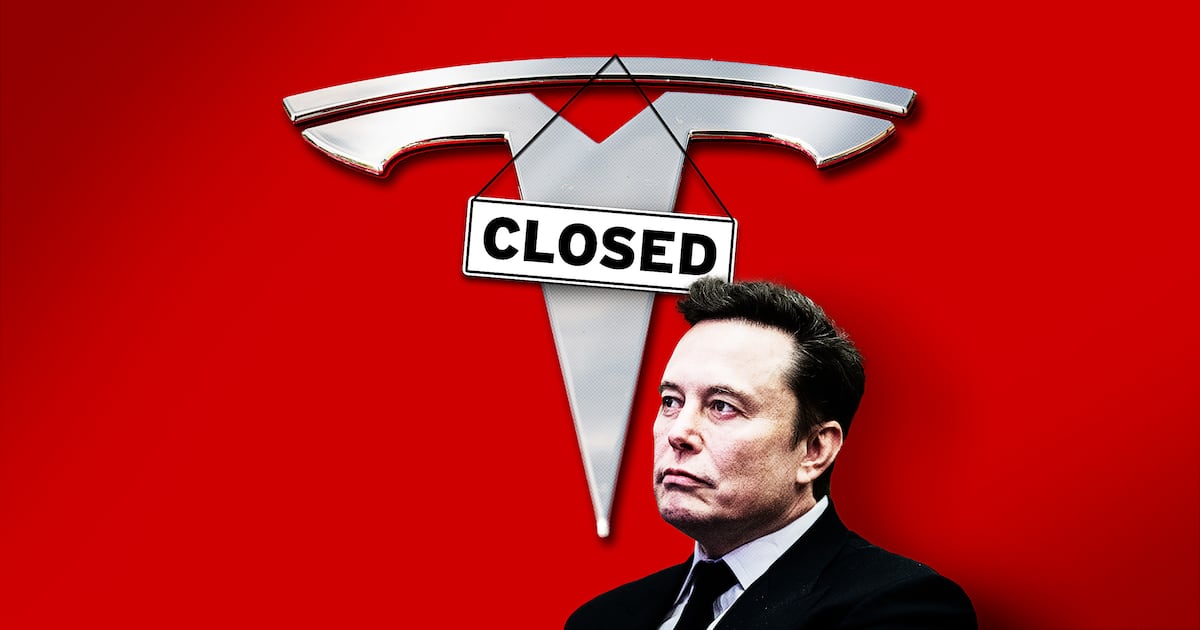The original Killzone was supposed to be Sony’s response to the Halo phenomenon that almost single-handedly made the Xbox brand successful. It wasn’t. Killzone 2 was supposed to feature graphics so brilliant that the world would stop spinning on its axis just to look at its splendor. It didn’t. Killzone 3…well, it had less to prove.

But expectations rose once again for Killzone: Shadow Fall, the most recent entry in Guerilla Games’ first person shooter series. It was supposed to be the game to prove to everyone that the PlayStation 4, which it launched alongside, was the console to own. It was supposed to showcase just how powerful its system was and make a game that truly couldn’t have been put on last generation hardware.
Mission accomplished. Killzone: Shadow Fall is a technical marvel.
From the beginning of its single-player campaign, two things are clear about the game: 1) It is the best looking video game ever released on a home console. 2) The story is not very good. Both initial impressions hold true for the ten or so hours that the campaign lasts.
In the game you play as Lucas Kellan, whose father was killed by the bad guys, called the Helghast. Kellan grows up in about two minutes of cutscenes and is suddenly a top level soldier in the elite “Shadow Martials” squad. His task: secret missions. Characters constantly monologue and moan about the role Vektans (human-like beings) played in destroying Helghan society and how Kellan is just a pawn. Rather than gripping, it’s just irritating. By the end, I didn’t want to kill the villain because he did something bad; I just wanted to shut him up.
But the story doesn’t really matter here, because it is little more than a vehicle to move player from spectacle to spectacle, showing off just how powerful the PlayStation 4 is. Everything about the visuals is completely spectacular. Everything. The lighting, although it features more lens flare than a J.J. Abrams movie, shines through the trees and everything casts beautiful soft shadows. The textures are just awesome and the signs and pieces of paper on random walls can actually be read both close up and at a distance. There are no loading screens, except at the beginning of a chapter, and even those are usually masked by cinematic cutscenes. In game, it’s absolutely seamless.
But the most impressive thing about Shadow Fall’s visuals is not the pretty textures or the fancy modeling—it’s the scale. Maps are enormous, and players have to traverse huge amounts of terrain. And there’s a lot of verticality as well. The most interesting gameplay hook is a drone that constantly accompanies you and can be used to attack enemies, hack computers, and create a zip line. The first time I used a zip line, going down a fifty-foot cliff in seconds, was incredible. Then I used it again and again. At one point, I must have dropped the in-game equivalent of several hundred feet, and I landed and immediately found myself in a firefight. Completely seamless.
Oh my god.
I said those words a lot while playing Shadow Fall. Out loud, involuntarily, and I never felt self-conscious about it. I was completely blown away. It was the same feeling I got the first time I played Bioshock, when the plane crashed into the water and suddenly I was in control in the water. I sat there, watching the screen for ten seconds, waiting for something to happen because I thought I was still in a cutscene. Playing Shadow Fall was like that over and over again.
On at least a dozen occasions, I shouted for my friends (some who play games, others who don’t) to come look at the amazing thing on screen. Although they initially grumbled about having to get up, they had to admit that it was an amazing sight. PC gamers may laugh and boast about how great their games look, but for someone with a middling PC and primarily console experiences, it really is truly breathtaking.
The one caveat, and this makes the narrative failures even more apparent, is that the human/Vektan faces look really weird. It seems that games are beginning to reach the uncanny valley, because the dead eyes just made me feel uncomfortable. And the lip syncing was atrocious, with at least a majority of spoken lines failing to match up with the bizarre mouth movements. That the Helghast all wear masks is brilliant, because it sidesteps the issue entirely. What this means for future PlayStation 4 games is hard to say, though, and this very well could be a failing on Guerilla’s part rather than a taste of discomfort to come over the system’s lifetime.
But the game isn’t just glitz and glitter. Beneath the gorgeous exterior is a very competent and fun first person shooter. The aforementioned OWL shakes up gameplay, and the ability to scan for enemies and track them through walls is genius. It’s a feature that players will have to rely on, especially in the wider maps, because enemies can hide anywhere, and they never come alone. Battles are often five-against-one or even worse, and even on normal, the game’s enemies present a real challenge. They don’t go down easily, and some of them have the ability to kill Kellan in only one hit.
The artificial intelligence is a bit erratic, going from genius to dimwitted at a moment’s notice, but it is generally competent enough to be interesting. Replaying sections will spawn enemies in the same place, but what happens then changes from time to time. That was a lot more impressive in 2004 when F.E.A.R.’s dynamic AI system was shown to the world, but considering how easy it is to die, that little bit of variety matters. The biggest problem comes during stealth sections (of which there are several), because enemies seem to have an ability to spot players who are behind them and hidden from view. Sometimes even if you can’t see them, they can see you.
The game’s multiplayer is notable mostly because it doesn’t take a huge graphical hit from the single player. In the past (including as recently as the PlayStation 3 version of Call of Duty: Ghosts), developers would drop bells and whistles found in the campaigns in order to keep the system running well while a dozen or more players go around a stage. (Performance hiccups during a single player campaign are annoying, but in a multiplayer arena they can be devastating.) If Killzone: Shadow Fall is anything to go by, that will no longer be the case. While I noticed a few more bland textures in multiplayer than I did in the campaign, the two are remarkably close.
The multiplayer modes themselves are fun, and the constantly changing objectives (with no pause or loading in between each) keeps things fresh. Unfortunately, the balance does seem to be out of whack. Some weapons are far more effective than their stats would suggest (one assault rifle took someone out with a single burst from halfway across the map), and others are downright useless (enemies at medium range require a full clip from a pistol to go down). This lack of weapon balance is apparent in the single player game, but fairness is less of a concern there. It certainly is a fun little addition, but it won’t pull people away from Call of Duty for any meaningful length of time.
Killzone: Shadow Fall is an important game for Sony. Every new console launch should have at least one game that really shows the world what it is capable of. The Nintendo 64 had Super Mario 64; the Xbox had Halo: Combat Evolved; the Wii had Wii Sports. Not every launch has to be so transformative, but without at least one noteworthy game, it’s hard to see what the system is going to do to push the medium forward.
Killzone: Shadow Fall is that game. Despite falling into some of the same narrative traps that have plagued first person shooters for years, it is still a milestone. It has given us the real first look at the next generation of first person shooters, and it is glorious.





